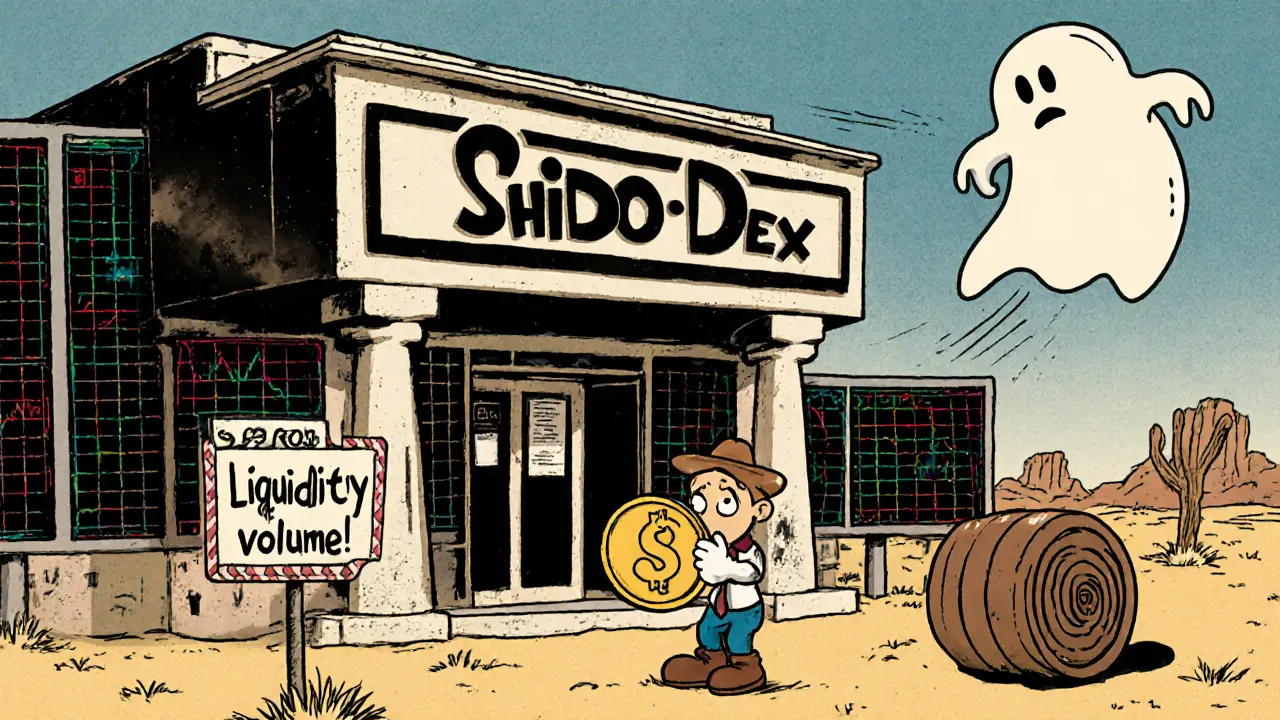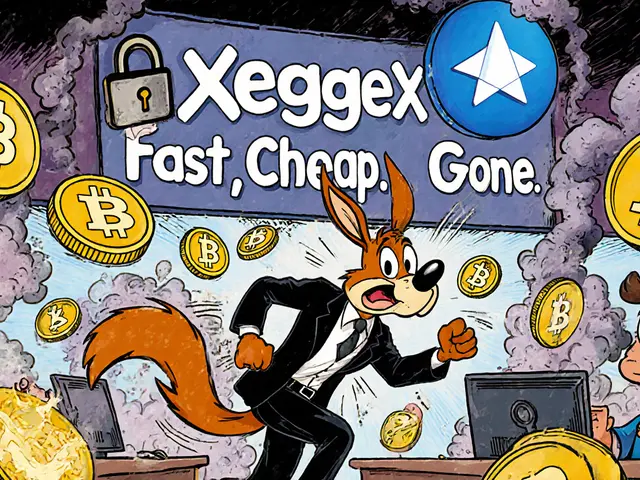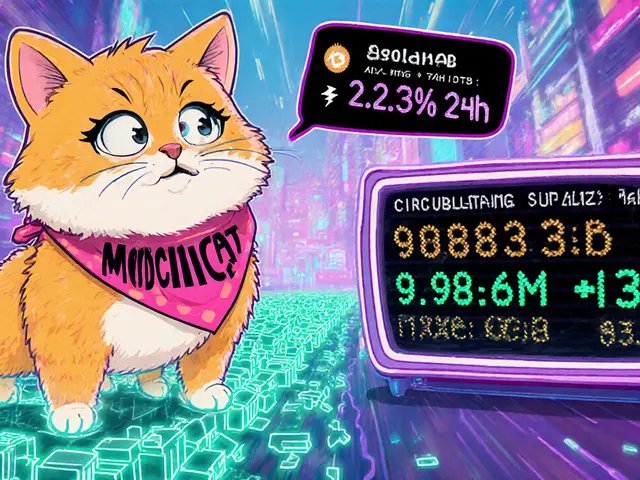Decentralized Exchange (DEX) Overview
When working with Decentralized Exchange, a peer‑to‑peer platform that lets users trade crypto assets without a central authority. Also known as DEX, it decentralized exchange runs on blockchain‑based smart contracts, self‑executing code that enforces trade rules and settlement and often relies on automated market makers, algorithmic liquidity providers that price assets algorithmically instead of using order books. This combination means the platform can match trades 24/7, eliminate custodial risk, and cut out traditional intermediaries. The core idea is simple: users deposit tokens into a pool, the pool’s smart contract calculates a price, and anyone can swap tokens instantly. Because there’s no central order book, the DEX encompasses automated market makers, and the DEX requires smart contracts to enforce trust‑less swaps. As a result, token swapping becomes frictionless, but users also inherit on‑chain risks like contract bugs or impermanent loss.
Key Building Blocks of a DEX
Liquidity pools are the lifeblood of any decentralized exchange; they fuel the platform by providing the depth needed for sizable trades. When you add assets to a pool, you receive liquidity provider (LP) tokens that represent your share of the pool’s fees. Those fees accumulate every time someone swaps tokens, creating a passive income stream—though the value can dip if the pool suffers impermanent loss. Governance tokens often sit on top of this structure, giving holders a say in protocol upgrades, fee adjustments, or new asset listings. This governance layer influences the DEX’s evolution and aligns incentives between developers and users. Cross‑chain bridges are another piece of the puzzle, allowing assets from different blockchains to move into a single DEX ecosystem, which expands trading options without needing separate exchanges for each chain. Together, liquidity pools, governance tokens, and bridges enable a flexible, composable DeFi experience that goes far beyond simple token swaps.
Security and cost are the two main trade‑offs anyone eyeing a DEX should weigh. Successful platforms undergo rigorous third‑party audits, and many adopt bug‑bounty programs to catch hidden vulnerabilities before attackers exploit them. A well‑audited smart contract strengthens the decentralized exchange’s trust model, but it can’t eliminate every risk—users still need to stay vigilant about phishing sites and rogue tokens. Fee structures vary: some AMMs charge a flat 0.3 % per swap, while newer models use dynamic fees based on market volatility or liquidity depth. These fee models affect user decisions, especially for high‑frequency traders. Finally, the industry is seeing a shift toward modular blockchains that separate consensus, execution, and settlement layers, promising lower gas costs and faster finality for DEX transactions. Understanding these trends helps you gauge where the market is headed and pick platforms that match your risk tolerance and trading goals. Below you’ll find a curated list of articles that dive deeper into each of these topics, from token‑specific guides to security best practices.










Categories